[ad_1]
Nothing stirs up the web hearsay mill fairly just like the hypothesis round a brand new technology of graphics playing cards, and Nvidia’s subsequent technology GPU structure, believed to be codenamed Blackwell, is at present the supply of a lot debate within the PC {hardware} world.
Whereas we’ll doubtless have to attend a short while longer earlier than something official is revealed about Nvidia’s subsequent technology of GPUs, we determined to take the chance to spherical up a number of the extra credible rumours we have heard thus far and focus on our expectations, desires and needs for the brand new playing cards.
It looks as if it wasn’t that way back we had been sorting by the rumoured specs of the Ada Lovelace technology of graphics playing cards, and to be fairly sincere, it wasn’t. A fast look again to early 2022 finds us speculating on a number of the potential energy necessities of Nvidia’s subsequent technology flagship, the cardboard that finally turned out to be the RTX 4090, and a doable max TDP of 800W or extra.
Fortunately when the RTX 4090 did finally arrive it wasn’t even near that stage of energy draw, however with a TGP of 450W it was nonetheless surprisingly thirsty. A helpful reminder then, that whereas hypothesis of this sort can (and sometimes does) find yourself being off the mark, a grain of fact can usually be discovered.
Whereas we all know little about Blackwell gaming GPUs thus far, we do know that the B100 Blackwell graphics processor for enterprise computing shall be launched in 2024, based mostly on official Nvidia slides proven on the SuperComputing 2023 particular tackle (through Wccftech). The teaser slides confirmed the GPU nearly doubling the efficiency of the Hopper H200 it’ll change within the GPT-3 175B inference efficiency benchmark.
Nvidia has remained usually tight-lipped about it is next-gen gaming GPUs, though given what we now have thus far, it is nonetheless doable to realize a good concept as to the place it is perhaps heading with the subsequent technology of playing cards.
So what can we count on, and what do we would like within the subsequent technology of Nvidia GPUs?
Nvidia Blackwell naming scheme
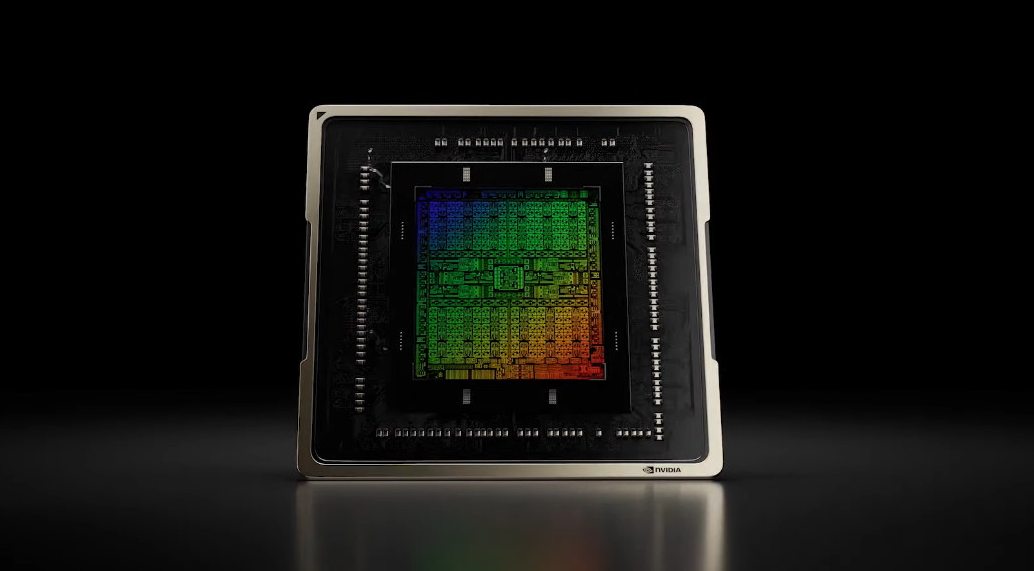
What naming scheme can we count on for Nvidia Blackwell?
The earlier Nvidia graphics processor technology was named Ada Lovelace, after the English mathematician and author who labored extensively on Charles Babbage’s mechanical pc, the Analytical Engine. This new technology of processors is rumoured to be named “Blackwell” after David Blackwell, an American mathematician who made important contributions to recreation principle, likelihood principle, data principle and statistics.
The RTX 4090 was based mostly on the Ada Lovelace AD102 graphics processor, and was later adopted by the RTX 4080, based mostly on the AD103, and the RTX 4070 based mostly on the AD104, earlier than being adopted by the RTX 4060 and RTX 4060 Ti variations utilizing AD107 and AD106 respectively.
In accordance with recognized Nvidia leaker kopite7kimi, the brand new technology of GPUs will use the GB prefix, and can reportedly be led by the GB202 as presumably the flagship card, then adopted by the GB203, GB205 and GB206, with the entry stage card being the GB207, very like the RTX 4060 with its AD107 designation.
If this naming scheme is correct, the shock right here can be the transfer away from the 04 designation, with it is presumed alternative being the 05, though whether or not that is how issues find yourself stacking up by way of the eventual product line up continues to be to be confirmed. Nvidia at present traces up its GPUs by efficiency and never by the chip, so whether or not we’ll see some modifications within the final two digits of the product names to replicate that is nonetheless unclear, however appears unlikely.
What of the GB100, although, why are we beginning with the 200s? Properly, Nvidia is not. The rationale we’re comparatively assured concerning the Blackwell structure is that it is already been teased by Nvidia because the identify for its next-gen AI and supercomputing components with B100 and the GB100 getting used for its skilled graphics playing cards.
It’s price noting that in latest historical past Nvidia has generally disaggregated its enterprise, compute-focused structure from it gaming GPUs. We have by no means seen both the Volta or Hopper architectures utilized in shopper graphics playing cards, although it did use each Pascal and Ampere architectures in enterprise.
Regardless, we count on that what we’ll find yourself seeing on the cabinets is prone to be referred to as the RTX 50-series, given the regular one-digit enhance within the first variety of Nvidia GPU product generations earlier, i.e. the RTX 30-series to 40-series, and that the tried and examined -080, -070 and -060 designations shall be used as soon as once more.
In any case, if it ‘aint broke do not repair it, though it is not like that is ever stopped anybody’s advertising departments earlier than…
Nvidia Blackwell structure
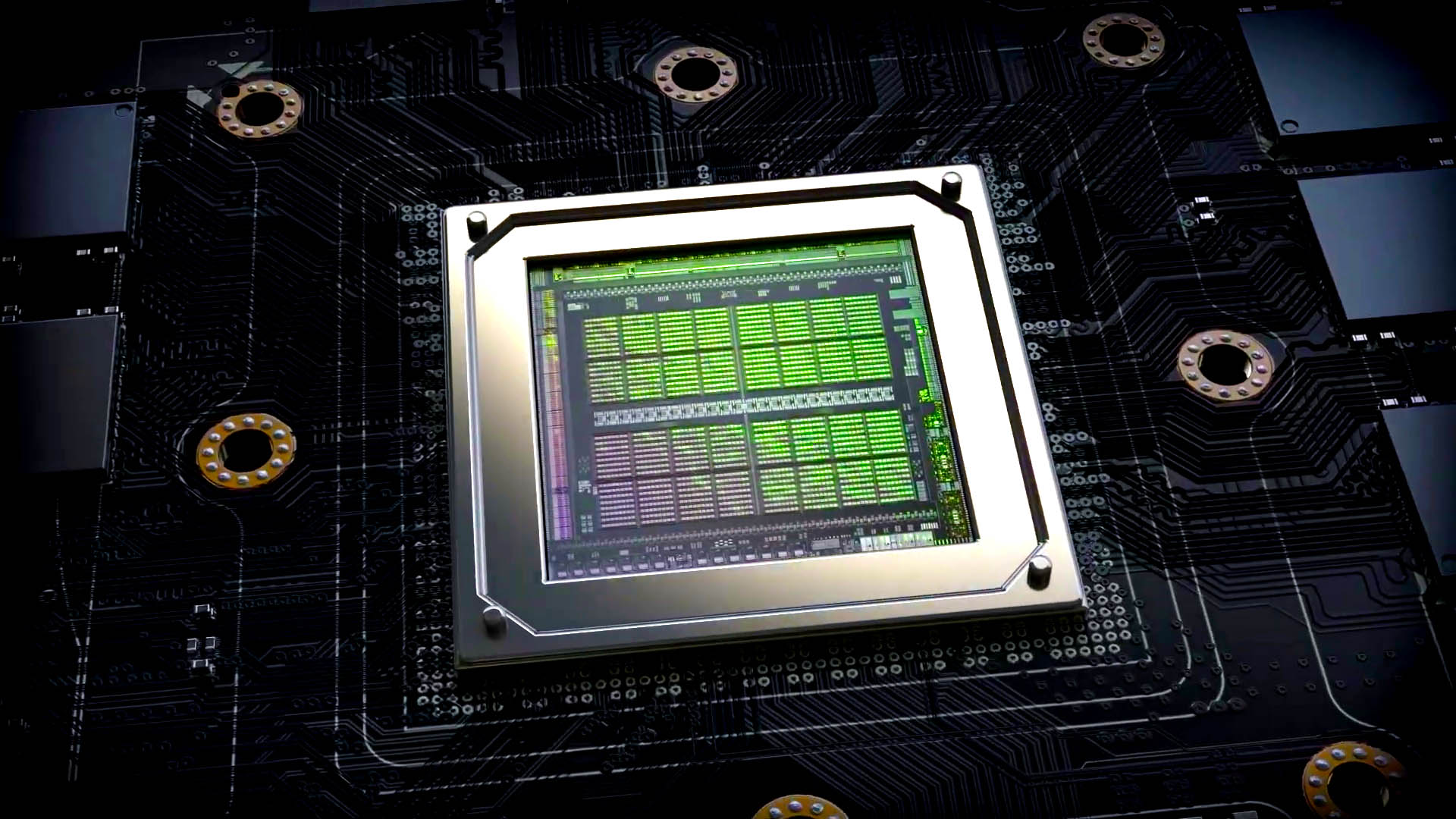
What architectural modifications can we count on with Nvidia Blackwell?
Some hypothesis has surrounded the likelihood that Blackwell might use a chiplet-based multi-chip module (MCM) versus a monolithic design, though as issues stand this hearsay appears to be centered on data-centre GB100 Blackwell sequence playing cards and never shopper fashions.
AMD already makes use of a chiplet-based design in its RDNA 3 sequence of GPUs, though that is based mostly round utilizing separate compute, I/O and reminiscence dies, not a number of compute dies themselves. Nvidia has thus far caught to monolithic architectures, however a shift in direction of a chiplet design would make sense by way of of maximising yields in the long term, because the AD102 die within the RTX 4090 is a relatively hefty 609mm², whereas the GCD utilized in AMD’s Navi 31 is round half that.
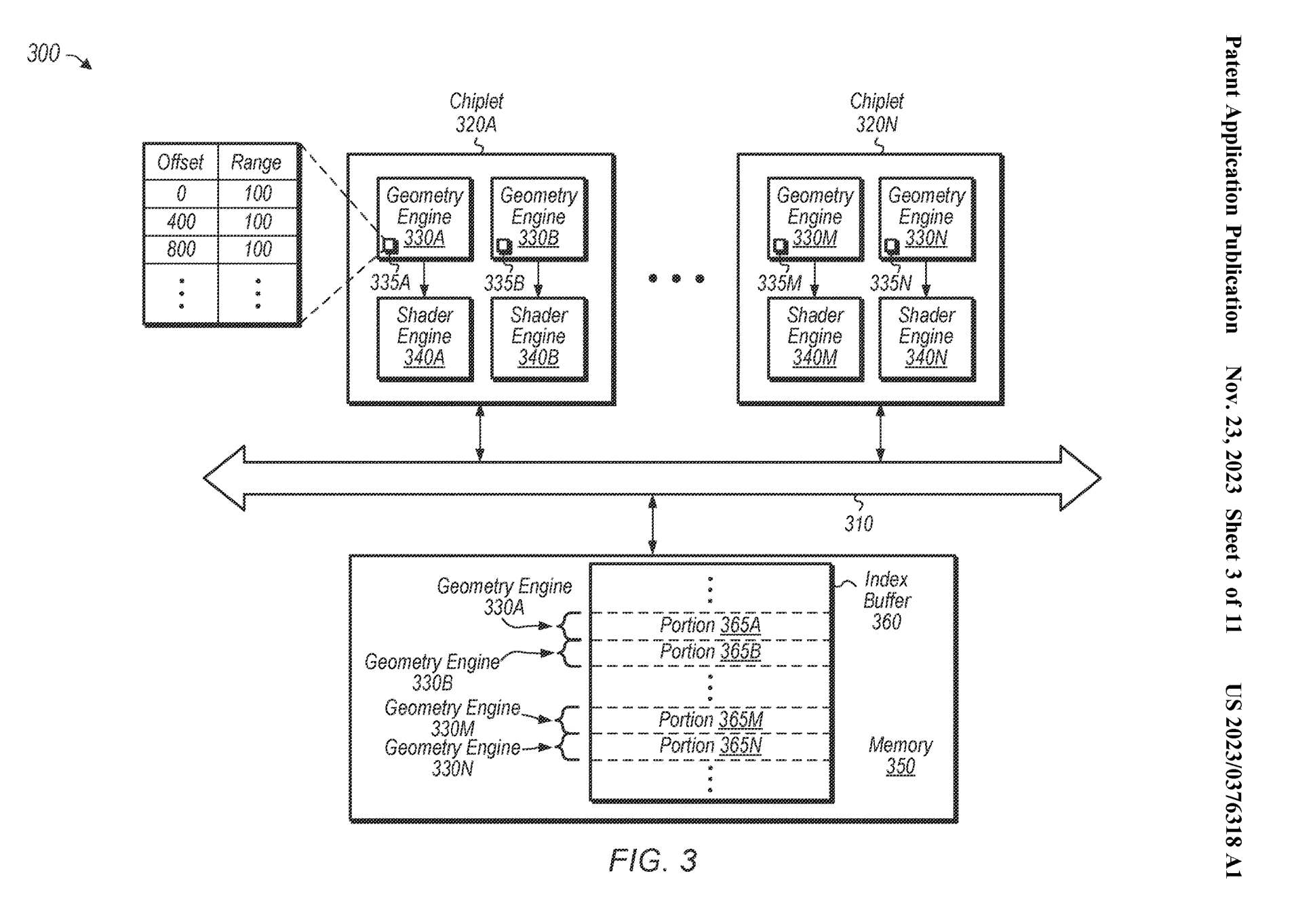
Slicing down die sizes would make sense by way of maximising manufacturing output, and likewise by way of GPU packaging. Though AMD appears to have jumped forward of the sport architecturally, if not by way of precise efficiency, Nvidia may be very prone to have chiplet designs of its personal up its sleeve.
Whereas we might wish to see Nvidia’s tackle chiplet gaming GPUs for ourselves, whether or not we see them utilized in gaming GPUs on this upcoming technology stays to be seen. If I needed to guess I’d counsel that it is most likely not less than a technology too quickly for Nvidia to make that shift over to a chiplet design.
Nvidia Blackwell course of expertise
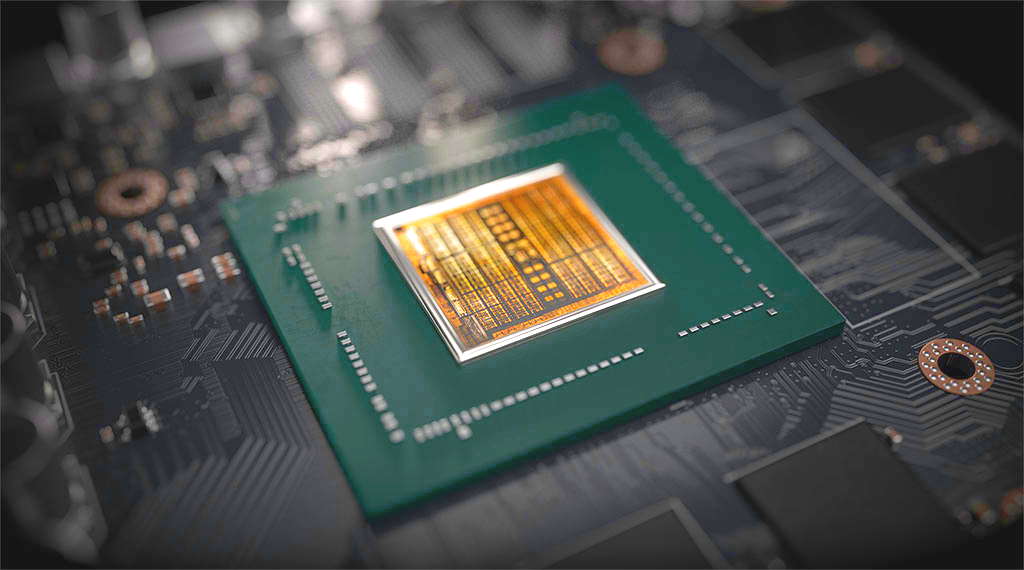
What course of will Nvidia Blackwell use?
Rumours persist (through Excessive Tech) that Blackwell shall be adopting TSMC’s 3nm course of node, which, provided that the present technology of playing cards are on the 5nm course of, is smart as the subsequent logical development.
If this proves to be true, then the supposed benefits of the 3nm course of by way of energy effectivity and smaller die sizes might imply playing cards that use considerably much less energy and doubtlessly are available in a smaller total bundle. That hopefully means the large coolers discovered on the RTX 4090 and RTX 4080 might not be essential to preserve that high-powered silicon operating cool and quiet.
The present crop of high-end playing cards might need large coolers, however they do the job effectively, and we might count on an analogous give attention to playing cards that run cool for the subsequent technology, though maybe in smaller sizes. On condition that the 3nm course of is supposedly able to operating way more effectively by way of energy utilization, we might wish to see the highest finish card—and let’s name it the RTX 5090 for argument—use much less energy total at load.
At the very least for the sake of our poor PSUs.
Nvidia Blackwell GB202
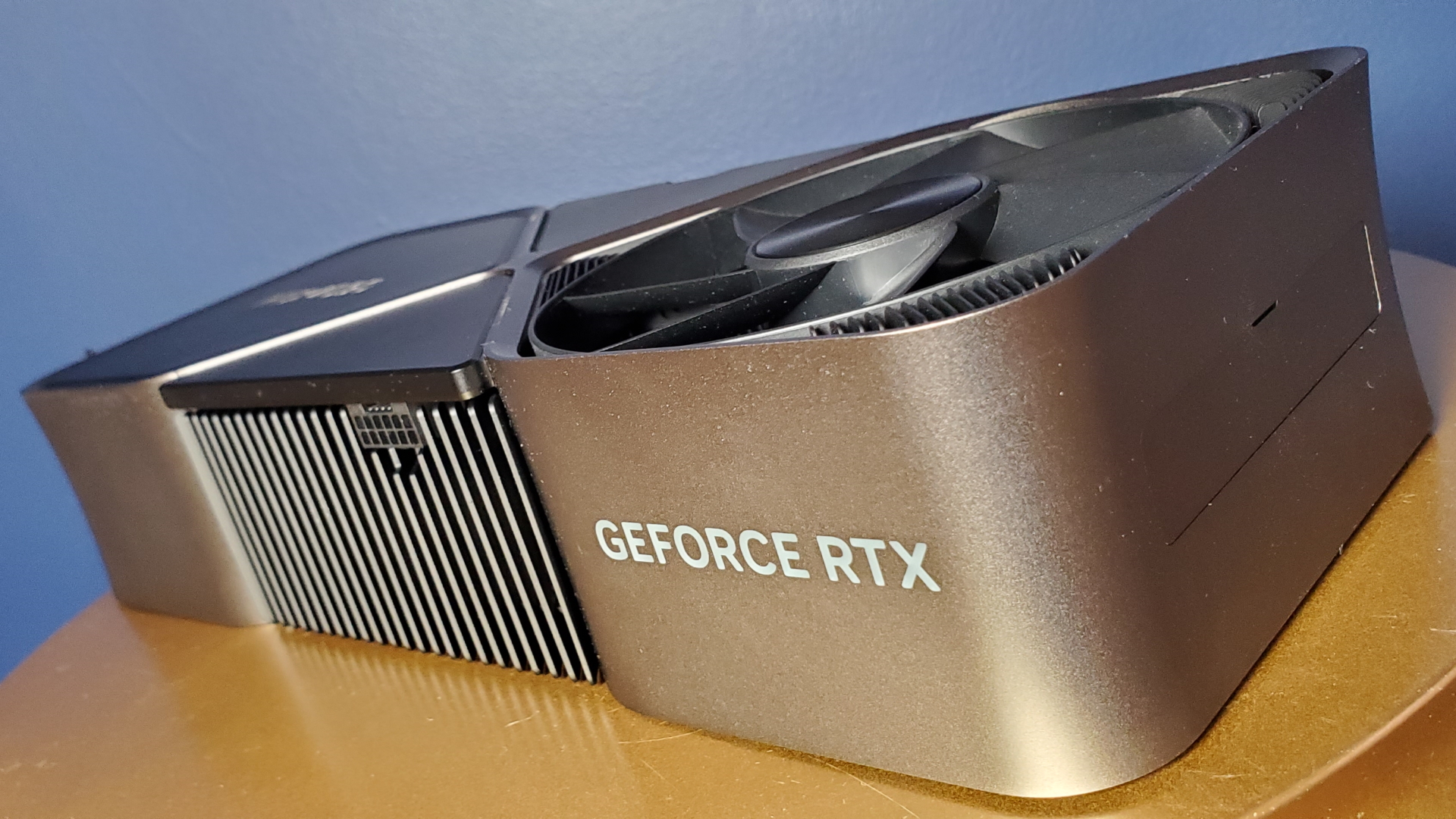
GB202: The RTX 5090… most likely
{Hardware} leaker kopite7kimi has advised that GB202—or what we’re presuming is the RTX 5090—would include a 512-bit bus, however later modified this prediction to 384-bit as a substitute. That additionally aligned with a tweet from Pink Gaming Tech which advised they’d heard the identical, although whether or not that is actually two completely different sources or piggybacking rumours, it is arduous to say.
That will solely match the 384-bit bus discovered within the present RTX 4090, nonetheless the actual good points right here might as a substitute come from the rumoured use of GDDR7 reminiscence. Samsung has been reporting that its GDDR7 can attain a 36 Gbps switch charge, compared to the 21 Gbps reminiscence charge of the GDDR6X utilized by the present RTX 4090.
Assuming the RAM utilized in Nvidia’s subsequent flagship card was able to producing related speeds, this main enhance would offset the necessity for a wider reminiscence bus within the new GPUs, doubtlessly offering over 50% greater bandwidth than the RTX 4090.
By way of core counts, rumours fluctuate. In accordance with a now-deleted submit on Chiphell (through Guru3d), GB202 was rumoured to incorporate 192 SMs with a doable 24,576 CUDA cores, alongside 192 Ray Tracing cores and 768 Tensor cores.
Simply to maintain you in control, the RTX 4090 makes use of 128 SMs, 16,384 CUDA cores, 128 Ray Tracing cores and 512 Tensor cores.
If these specs turned out to be right, then the RTX 5090 would doubtless ship a really substantial efficiency uplift over the RTX 4090, a card that itself stays head and shoulders forward of each different gaming GPU at present obtainable at present.
In the end, given Nvidia’s dominance on the very high of the stack due to the success of the RTX 4090, we might count on the subsequent technology top quality card to additionally swing for the fences in terms of maintaining that efficiency hole.
Whereas AMD has had some first rate mid-range releases within the type of the RX 7800 XT and RX 7700 XT, in terms of even its highest finish card, the RX 7900 XTX, it merely stays outpaced. Whereas it is debatable that with such a big head begin over its nearest rivals that Nvidia might afford to relaxation on its laurels, it merely would not make a complete lot of sense for it to take its foot off the pedal now.
We might actually wish to see an RTX 4090 successor that continued to push the boundaries of GPU efficiency, even when it continued to push the boundaries of our energy provides and our financial institution balances.
Nvidia Blackwell: the remainder of the household
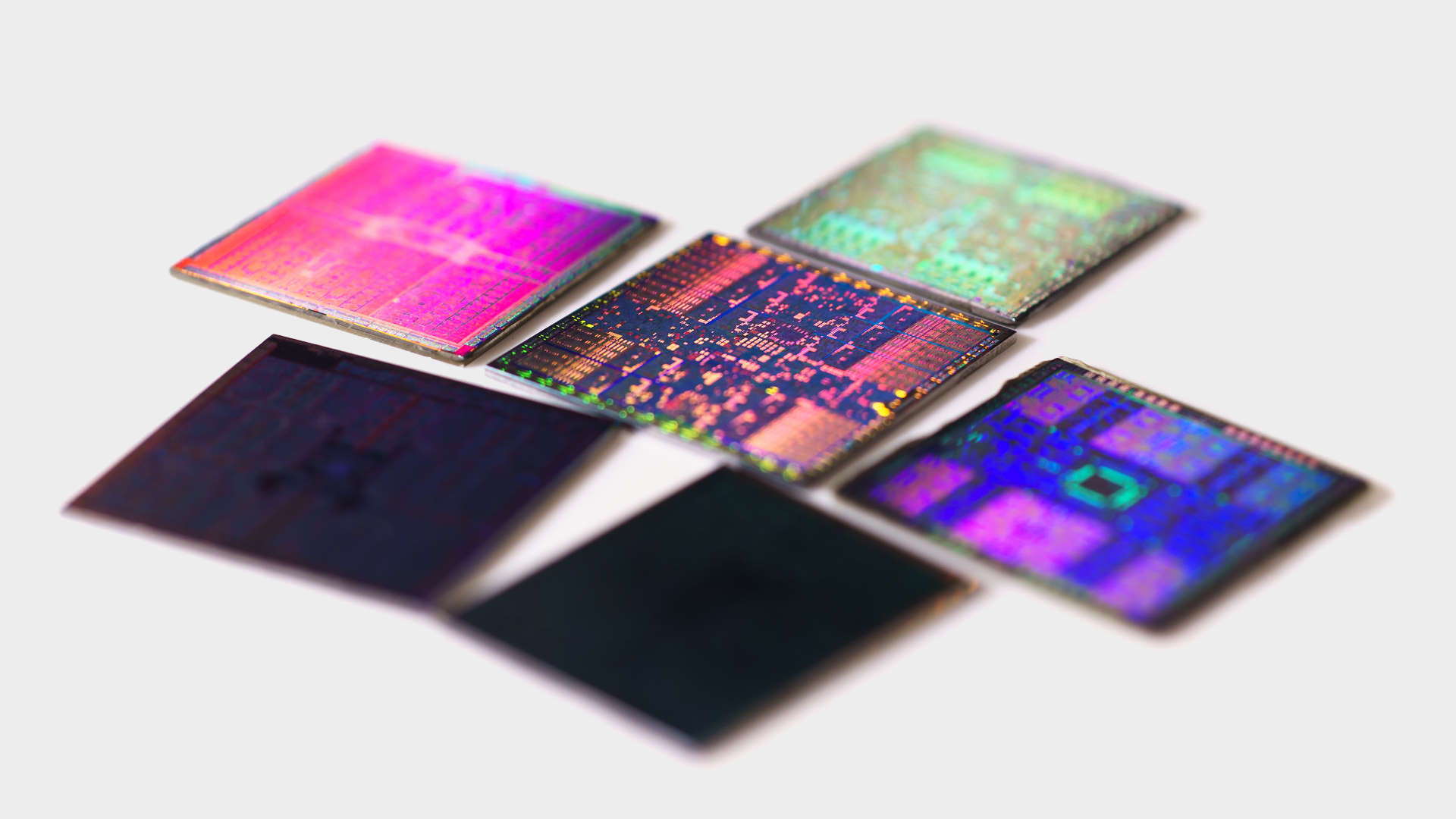
The RTX 5080, RTX 5070 and RTX 5060… additionally most likely
Whereas a lot of the hypothesis and leaks thus far revolve across the top-end chip, very like the present technology it is the mid-range to higher mid-range of the market the place the largest battles are prone to be fought. We have already seen the RTX 4070 get a fast value discount in response to an arrival from a brand new, cheaper competitor, which reveals that whereas Nvidia might need the lions share of the market, it is nonetheless trying to react and compete with AMD within the center floor when it must.
So what would we wish to see within the new playing cards beneath the RTX 5090? Properly, a better product stack by way of efficiency is perhaps good. The RTX 4080 is a really succesful card, however given its value to efficiency ratio, at $1,200 it was a really costly proposition, and at these costs got here shut sufficient to the way more highly effective RTX 4090 to trigger potential consumers of $1000+ playing cards a headache.
Maybe if the benchmarks had been nearer, or the MSRP decrease, it will have been extra of a compelling purchase, and that is one thing that we would see Nvidia tackle with the brand new technology of playing cards.
Relating to the mid to price range vary GPUs, it is tempting to counsel that Nvidia can be prone to bestow them with extra VRAM. Whereas the 4060 Ti 8GB might need been a fairly succesful card, that VRAM determine did not go down too effectively with many, inflicting Nvidia to reluctantly launch a 16GB model in response.
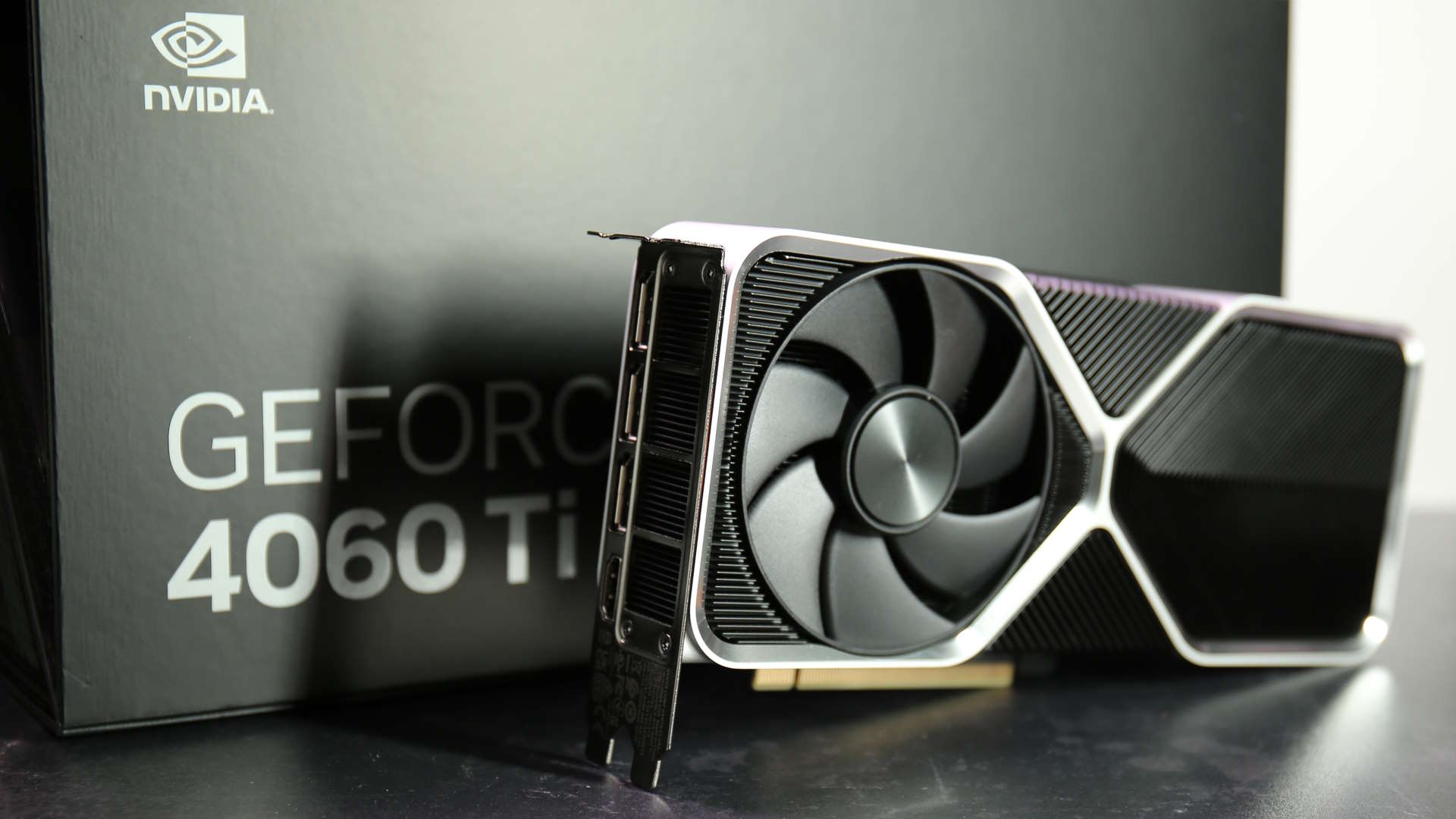
It is doubtless Nvidia may have realized from the backlash, and that the brand new playing cards will include sufficient VRAM to waylay considerations from avid gamers frightened about potential efficiency points.
Aside from that, it is prone to be enterprise as ordinary by way of how the stack evens itself out. An RTX 5080 that is available in as a high-end but not top quality mannequin, an RTX 5070 as a mid-range possibility, and an RTX 5060 for the price range gamer, with Ti and probably Tremendous variations of every prone to be launched mid-way by the lifecycle.
On condition that the RTX 4070 was roughly equal to the RTX 3080 in efficiency, it will be affordable to imagine that the RTX 5070 when it will definitely arrives can be aiming for a similar efficiency because the RTX 4080 of this technology, though this type of efficiency and naming comparability would not at all times maintain true.
The RTX 4060 Ti was nonetheless typically slower than the RTX 3070 and fewer than 20% sooner than the RTX 3060 Ti at 1080p, so guessing the efficiency bounce between completely different generations of playing cards shouldn’t be at all times as easy because it initially may appear.
Relating to the RTX 5080, it will be good to count on an RTX 4090-like stage of efficiency within the second tier spot, though whether or not that is affordable given the titanic proportions and hefty energy draw of the present card stays to be seen. Nonetheless, a less expensive card with related efficiency ranges can be a boon for PC avid gamers in all places, and provided that inventory continues to be in brief provide of the RTX 4090 on the time of writing, prone to be in a lot demand.
It might be nice to see an RTX 5070 ship these RTX 4080-like figures, significantly if it may well ship related 4k efficiency with upscaling. The present RTX 4070 can battle at 4k even with upscaling enabled, so a extra mid-range card that is able to delivering at that decision can be a welcome sight.
Nvidia Blackwell pricing
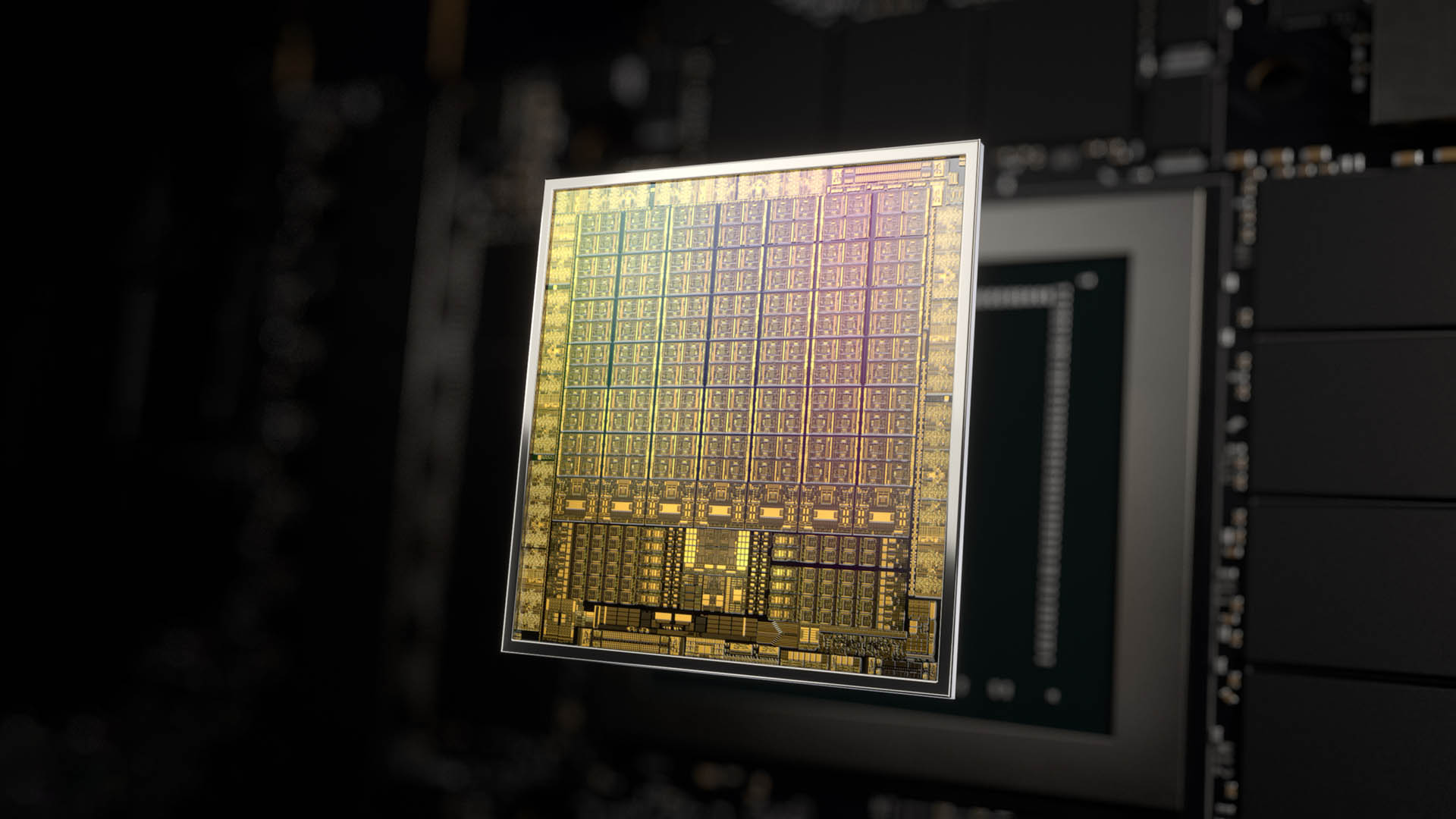
Will we see any type of value correction on Nvidia Blackwell GPUs?
And so we attain the million greenback query: What kind of pricing are we anticipating for these new GPUs?
Properly, provided that Nvidia has proven no actual inclination up to now to regulate its pricing again to pre-pandemic ranges, trying on the launch costs of the present playing cards strikes as an affordable metric to begin basing our guesses for the value factors of the subsequent technology too.
Nonetheless, it’s price noting that some small changes have been made to its pricing technique for a few of its more moderen playing cards, just like the $50 value drop for the RTX 4070 in response to the AMD RX 7800 XT, or the $999 price ticket for the RTX 4080 Tremendous compared to the $1,200 unique mannequin.
Whereas it is unlikely that Nvidia feels an excessive amount of strain from its competitors to drop costs considerably, it does appear affordable to suppose that we would see the subsequent technology of playing cards coming in slightly below the earlier technology in launch value given these latest changes, not less than on the mid to high-end.
Whereas the corporate does appear effectively conscious of its enviable market place, value adjusting these new GPUs to be barely extra in favour to the patron can be a great way to make sure that they keep that manner, though maybe that is merely wishful pondering on our half.
Definitely it is doable that Nvidia gambled on a pricing reset for this technology, pushing up the costs of its supporting stack of playing cards beneath the RTX 4090 flagship, and can now merely follow that stage going ahead. Till it adjusts them up once more in one other few generations…
On the very least, any large value drops compared to the present fashions appear not possible, particularly given Nvidia CEO Jensen Huang’s feedback on the pricing of the technology earlier.
[ad_2]
Source link

